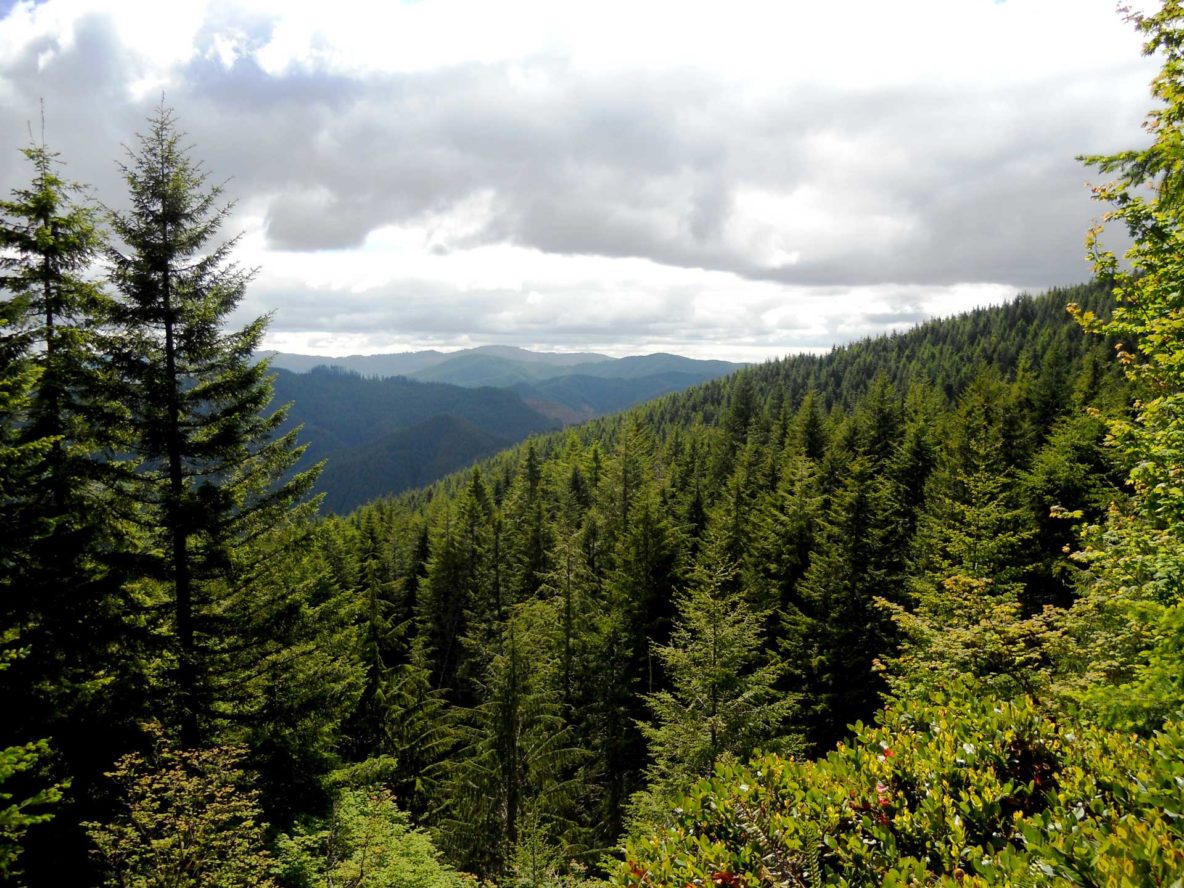A new report shows that as demand for forest products increases, the amount of forest inventory available goes up, which then leads to more forestland to store carbon and improve the environment.
The report by Forest2Market (full report here) called “Historical Perspective on the Relationship between Demand and Forest Productivity in the US South,” analyzes U.S. Forest Service data in Southern forests and other scientific research to understand the relationship between changes in demand and supply from 1953 to 2015.
Key findings:
–Rising demand for forest products increased removals from timberlands. As US population and GDP grew in the last half of the twentieth century, Americans built and furnished more and larger homes and consumed more paper and packaging. Annual timber removals nearly doubled by 1996, and were 57 percent higher in 2015 than they were in 1953.
–The forest products industry and landowners responded by increasing the productivity of their forests. To ensure their mills would have a stable, high-quality source of supply, forest products companies invested heavily in research to promote forest productivity by improving forest management practices. The result was a 112 percent increase in total annual timberland growth between 1953 and 2015.
–Increased demand has not depleted forests. The number of timberland acres has remained stable, increasing by about 3 percent. At the same time, total inventory has doubled (+108 percent, from 142.1 to 296.1 billion cubic feet) because growth has outpaced removals.
–Statistical analyses show that increased demand is associated with more acres, better growth and larger inventories.
–Urbanization, not increased demand for forest products, is the biggest threat to forests in the United States.
From a summary of the report:
“Unfortunately, much of the discourse about the forest products industry’s impact on forests and carbon has focused on only one side of the story: harvesting trees,” says the report’s lead analyst and author, Hannah Jefferies. “This ignores one of the most basic tenets of forestry: grow trees.”
“At its core, this report shows that southern landowners do more than just harvest trees. Because those trees have value as a raw material, landowners regrow their trees and take steps to maximize the productivity of their timberlands,” Jefferies added.
“The report shows that demand for forest products has been, and will continue to be, a protective factor for the South’s forests as the region faces increasing pressures from urbanization,” said Jefferies. “As long as there is demand for forest products, the forest products industry and the landowners who supply the industry will have vested interests in maintaining productive and sustainable forests, as has clearly been the case over the last six decades. Rather than targeting these industries for sustainably harvesting—and regrowing—trees, activist organizations should cooperate with industry partners to control urban sprawl, which is the irreversible threat now facing the South’s forests.”
